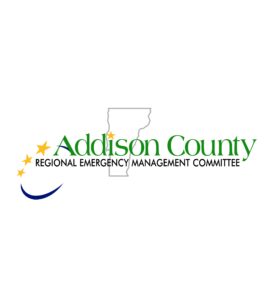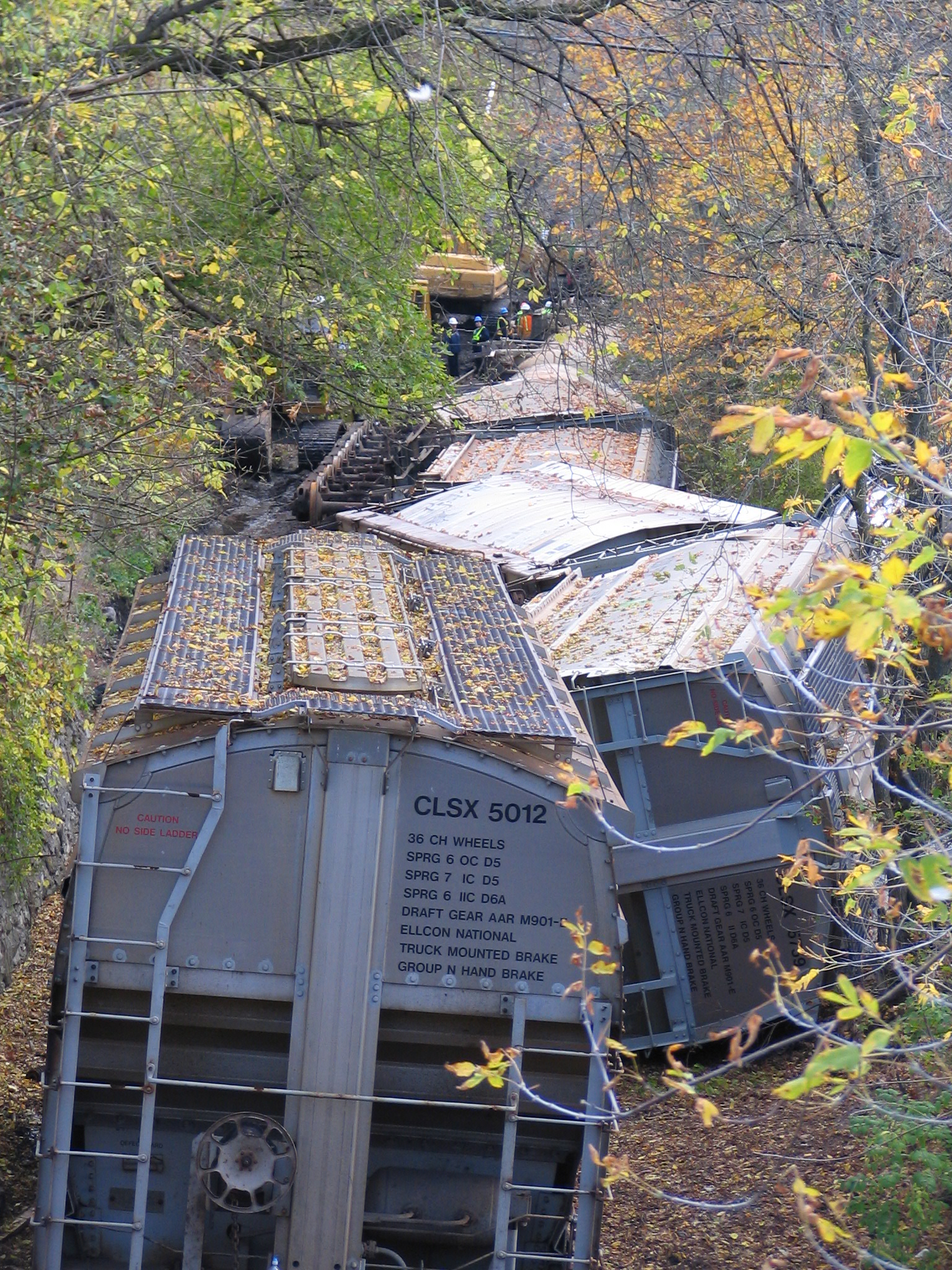ACRPC supports emergency planning initiatives throughout the region for the Preparedness, Response, Recovery, and Mitigation phases of emergency management. Staff provides support for the Addison County Regional Emergency Management Committee (REMC) and works with communities individually as well.
In addressing Preparedness, ACRPC assists communities in developing basic emergency operations plans which address how the community plans to respond to identified risks. Each of our municipalities has an Emergency Management Director whose job it is to coordinate emergency planning efforts. They bring together local fire, EMS, selectboard members, and other interested members of the community to iron out plans and cooperative agreements so, when a disaster hits, the town is better prepared. Recent disasters have pointed out the value of developing these working relationships with those most successful having a history of community leaders working and planning together prior to the event.
ACRPC supports the Response phase of emergency management by serving as a central information collection point in the region for Vermont Emergency Management (VEM) if needed. Using our local contacts, we can reach out to communities who have been hit and help VEM gather critical information. Staff also assists statewide response by serving at the state emergency operations center (SEOC) during times of disaster.
ACRPC helps to coordinate Recovery from disasters by working with both VEM and FEMA officials to bring the maximum amount of recovery assistance to each of our communities. Any time a town can rebuild better than it was, everyone wins. Our transportation planner brings a wealth of knowledge to bear for recovery efforts on town infrastructure. His familiarity with local highway crews through monthly road foreman meetings brings a familiar face to the town when they are approached by State and Federal officials.
Lastly and most important, ACRPC has spearheaded Mitigation planning efforts in the region, first, by developing a region-wide all hazards mitigation plan and more recently by assisting mitigation plan development at the local level. Closely related to other planning efforts, mitigation plans identify a town’s vulnerability to risks and projects that could lessen that vulnerability. Creation and adoption of an all-hazards mitigation plan also assures eligibility to apply for state and federal mitigation funding to implement projects as listed in the plan.
In the emergency management planning process, ACRPC is conscious of all hazards that may affect a community. Whether it be flood, wind, winter storm, chemical spill, or even earthquake, planning ahead will always benefit the residents of Addison County.
 Staff provides support for the Addison County Regional Emergency Management Committee (REMC) and works with first responders and community leaders to improve preparedness, response, and recovery. This includes support with Grants for Hazard Mitigation and Homeland Security.
Staff provides support for the Addison County Regional Emergency Management Committee (REMC) and works with first responders and community leaders to improve preparedness, response, and recovery. This includes support with Grants for Hazard Mitigation and Homeland Security.
